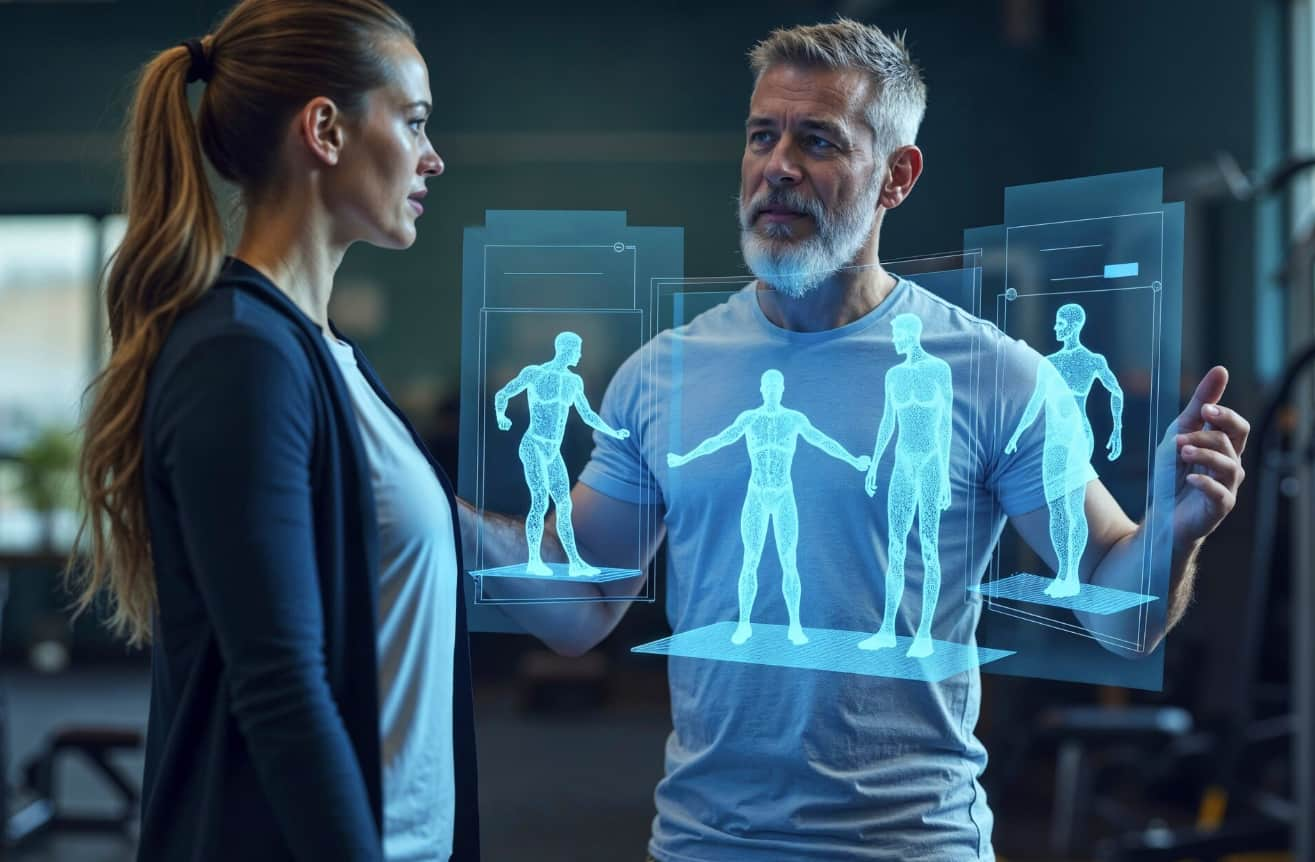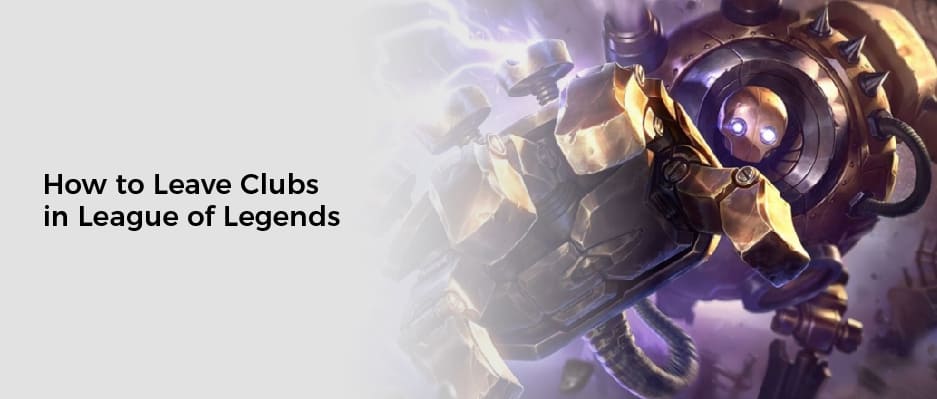The modern sports landscape has evolved far beyond the playing field.
Today’s athletes are no longer just competitors—they’re entrepreneurs, content creators, and influential personal brands that command millions of followers and lucrative partnerships.
From LeBron James’ media empire to Simone Biles’ authentic storytelling, athletes are leveraging digital marketing strategies to build lasting legacies that extend well beyond their athletic careers.
This transformation represents one of the most significant shifts in sports marketing over the past decade.
Athletes who master digital marketing for athletes don’t just compete for trophies; they compete for attention, engagement, and long-term financial security through strategic personal branding.
How Athletes Are Becoming Personal Brands with the Help of Digital Marketing?

Looking to grow your personal sports brand on Instagram, YouTube, or Twitter? Partner with Best Solution of IT — we specialize in digital marketing for athletes and influencers!
Why Personal Branding Matters for Athletes in 2025
The statistics speak volumes about the power of an athlete’s branding. According to recent industry data, athletes with strong personal brands can earn 3-5 times more from endorsements than from their playing contracts.
This isn’t just about superstar athletes anymore—rising stars and niche sport competitors are finding unprecedented opportunities to monetize their authentic stories.
Personal branding provides athletes with:
- Financial security beyond sports careers – Most athletic careers span 10-15 years, but a strong personal brand can generate income for decades
- Direct fan connection – Social media allows athletes to bypass traditional media and speak directly to their audience
- Negotiating power – Brands pay premium rates for athletes who bring engaged followings to partnerships
- Platform for advocacy – Athletes can champion causes they care about and create meaningful social impact
Consider tennis player Naomi Osaka, who built a personal brand worth over $50 million annually through strategic social media presence and authentic advocacy.
Her approach demonstrates how athletes can grow Instagram for athletes while staying true to their values and connecting with fans on deeper levels.
Key Digital Platforms: Instagram, YouTube, Twitter/X
Each platform serves a unique purpose in an athlete’s digital marketing strategy, and understanding these differences is crucial for effective influencer marketing for sports personalities.
Instagram: The Visual Storytelling Powerhouse
Instagram remains the king of athlete personal branding, with its visual-first format perfect for showcasing training sessions, behind-the-scenes moments, and lifestyle content. Successful athletes use Instagram’s full suite of features:
- Feed posts for high-quality, planned content that reinforces their brand image
- Stories for real-time, authentic moments that humanize the athlete
- Reels for viral, entertainment-focused content that reaches new audiences
- IGTV and Lives for longer-form content and direct fan interaction
Basketball player Stephen Curry exemplifies Instagram mastery with over 50 million followers. His content strategy balances professional highlights with family moments, creating a relatable yet aspirational brand that appeals to both basketball fans and general audiences.
YouTube: Long-Form Content and Monetization
YouTube offers athletes the best platform for deep storytelling and direct monetization through ad revenue, sponsorships, and merchandise integration. The platform rewards consistency and value-driven content.
Successful athlete YouTube strategies include:
- Training and workout videos that provide value to fitness enthusiasts
- Vlogs documenting competition preparation and daily life
- Collaborations with other athletes and influencers
- Educational content sharing expertise and experience
NFL player Pat McAfee transformed his post-football career through YouTube, building a media empire worth millions by consistently creating entertaining sports commentary and authentic personality-driven content.
Twitter/X: Real-Time Engagement and Thought Leadership
Twitter serves as the platform for real-time reactions, personality display, and direct fan engagement. Athletes use Twitter to:
- Share immediate thoughts and reactions during games and events
- Engage in conversations with fans and other athletes
- Showcase personality through humor and authentic voice
- Build thought leadership around sports and social issues
The Role of Content Creation in Athlete Branding
Content creation has become the cornerstone of successful athlete personal branding. The most effective content strategies focus on authenticity while maintaining professional quality and consistency.
Behind-the-Scenes Content
Fans crave authentic glimpses into athletes’ lives beyond competition. This content humanizes athletes and creates emotional connections with audiences. Effective behind-the-scenes content includes:
- Training session footage with genuine reactions and struggles
- Pre-competition rituals and preparation
- Recovery and rehabilitation processes
- Travel experiences and team bonding moments
Training and Educational Content
Athletes possess unique expertise that audiences value. Sharing knowledge not only provides value but also establishes authority and credibility. This content works especially well for:
- Workout routines and fitness tips
- Nutrition and recovery strategies
- Mental preparation techniques
- Sport-specific skill development
Q&A and Fan Interaction
Direct fan engagement builds loyalty and provides content ideas. Athletes can leverage:
- Instagram Live Q&A sessions
- Twitter polls and questions
- YouTube comment responses
- Stories, poll,s and questions
Collaborations and Crossover Content
Collaborating with other athletes, influencers, and brands expands reach and provides fresh content angles. Successful collaborations often feature:
- Training sessions with athletes from different sports
- Challenge videos with popular influencers
- Brand partnership content that feels natural and authentic
- Cross-promotion with teammates and competitors
Social Proof: Engaging with Fans Through Reels, Shorts, and Stories
Short-form video content has revolutionized how athletes connect with fans. Platforms prioritize this content type, making it essential for growing organic reach and engagement.
Instagram Reels Strategy
Reels offer the highest potential for viral growth on Instagram. Successful athlete Reels often feature:
- Quick training tips or demonstrations
- Funny moments or bloopers
- Trending audio with sports-related twists
- Transformation or before/after content
- Celebration and reaction videos
YouTube Shorts for Maximum Reach
YouTube Shorts can reach massive audiences quickly, making them perfect for:
- Highlight moments from competitions
- Quick workout tips or demonstrations
- Personality-driven humor and entertainment
- Teasers for longer-form content
Stories for Authentic Connection
Stories provide the most authentic way to connect with fans daily. Effective story strategies include:
- Day-in-the-life documentation
- Polls and questions for fan interaction
- Behind-the-scenes moments
- User-generated content sharing
Tennis player Serena Williams masterfully uses Stories to share her motherhood journey alongside her tennis career, creating a multi-dimensional brand that appeals to diverse audiences.
SEO & Personal Websites for Athletes
While social media platforms are crucial, athletes need owned digital real estate through personal websites optimized for search engines. A well-designed website serves as the central hub for an athlete’s brand and provides long-term value.
Essential Website Elements
- About page sharing the athlete’s story, achievements, and values
- Media kit for potential brand partners and media outlets
- Blog or news section for SEO-optimized content
- Contact information for business inquiries
- Social media integration is driving traffic between platforms
SEO Strategy for Athletes
Search engine optimization helps athletes be found by fans, media, and potential partners. Key SEO tactics include:
- Targeting keywords like “[athlete name] training,” “[sport] tips,” and “athlete lifestyle”
- Creating valuable content that answers fan questions
- Building backlinks through media coverage and partnerships
- Optimizing for local search if relevant to the athlete’s location or team
Content Marketing for Long-Term Growth
Regular blog content helps athletes build authority and improve search rankings. Effective topics include:
- Training philosophy and methodology
- Competition recaps and analysis
- Athlete lifestyle and wellness tips
- Industry insights and predictions
According to Think with Google’s sports marketing insights, athletes who consistently create valuable content see 40% higher engagement rates than those who only post sporadically.
Influencer Deals, Brand Partnerships, and Monetization
The ultimate goal of an athlete’s branding often involves monetization through partnerships and sponsorships. Understanding how to structure and negotiate these deals is crucial for long-term financial success.
Types of Brand Partnerships
- Product endorsements – Traditional sponsorships with athletic brands, supplements, or lifestyle products
- Content partnerships – Collaborations that involve creating specific content for brands
- Equity deals – Long-term partnerships where athletes receive company equity
- Personal brand extensions – Launching athlete-owned products or services
Negotiation Strategies
Successful athletes approach brand partnerships strategically:
- Build authentic relationships with brands that align with personal values
- Focus on long-term partnerships rather than one-off deals
- Negotiate creative control to maintain brand authenticity
- Include performance metrics and growth clauses in contracts
Alternative Monetization Streams
Beyond traditional sponsorships, modern athletes diversify income through:
- Subscription content platforms
- Online coaching and training programs
- Merchandise and personal brand products
- Speaking engagements and appearances
- Investment opportunities and business ventures
NBA player Kevin Durant exemplifies diversified monetization through his Thirty Five Ventures investment firm, combining his brand with strategic business investments across technology and media companies.
Common Mistakes to Avoid When Building an Online Presence
Even well-intentioned athletes can make costly mistakes that damage their brand. Understanding these pitfalls helps athletes navigate the digital landscape more effectively.
Inconsistent Posting and Engagement
Social media algorithms reward consistency. Common mistakes include:
- Posting sporadically without a content calendar
- Ignoring fan comments and direct messages
- Failing to maintain brand voice across platforms
- Abandoning platforms after initial enthusiasm
Inauthentic Content and Forced Partnerships
Audiences quickly recognize inauthentic content. Avoid:
- Promoting products or services you don’t genuinely use or believe in
- Creating overly polished content that doesn’t reflect reality
- Copying other athletes’ content strategies without adaptation
- Accepting every brand partnership offer without consideration
Neglecting Legal and Financial Considerations
Professional athletes must consider:
- Compliance with league and governing body social media policies
- Tax implications of influencer income
- Disclosure requirements for sponsored content
- Intellectual property protection for personal brand elements
Controversial Content and Public Relations Issues
Social media amplifies both positive and negative messages. Athletes should:
- Think carefully before posting about controversial topics
- Develop crisis communication strategies
- Understand the permanent nature of digital content
- Seek professional guidance for sensitive issues
According to Forbes’ analysis of athlete branding strategies, athletes who maintain authentic, consistent personal brands see 65% higher long-term endorsement values compared to those who focus solely on athletic performance.
Advanced Strategies for Athlete Personal Branding
As the digital landscape evolves, sophisticated athletes are implementing advanced strategies that set them apart from the competition.
Cross-Platform Content Syndication
Smart athletes create content once and adapt it for multiple platforms:
- Record training sessions for YouTube, extract clips for Instagram Reels, and share insights on Twitter
- Develop a signature content series that can run across all platforms
- Create platform-specific versions of the same core message
- Use analytics to optimize content timing and format for each platform
Community Building and Fan Engagement
Building genuine communities around personal brands creates lasting value:
- Create exclusive content for the most engaged fans
- Host virtual events and meet-and-greets
- Develop fan challenges and user-generated content campaigns
- Build email lists for direct communication beyond social platforms
Data-Driven Content Strategy
Professional athletes increasingly use analytics to guide content decisions:
- Track engagement rates across content types and posting times
- Monitor competitor strategies and industry trends
- Use insights to refine messaging and content formats
- Measure ROI on different types of brand partnerships
Emerging Platform Adoption
Forward-thinking athletes stay ahead by testing new platforms and technologies:
- Experiment with emerging social platforms before they become saturated
- Explore virtual reality and augmented reality content opportunities
- Consider Web3 and NFT strategies for unique fan experiences
- Investigate AI-powered content creation tools for efficiency
Building Your Athlete’s Brand: Next Steps
Success in an athlete’s branding requires strategic planning, consistent execution, and ongoing adaptation to platform changes and audience preferences.
Start with Strategic Foundation
- Define your unique value proposition and brand personality
- Identify your target audience and their content preferences
- Audit your current digital presence and identify improvement opportunities
- Develop content pillars that align with your personal and professional goals
Implement Systematically
- Create content calendars for consistent posting
- Invest in quality content creation tools and potentially professional help
- Build relationships with other athletes, influencers, and industry professionals
- Track performance metrics and adjust strategies based on data
Scale and Optimize
- Expand to new platforms as your audience grows
- Develop premium content offerings for dedicated fans
- Explore business opportunities that leverage your brand
- Build a team to help manage and grow your digital presence
The transformation of athletes into personal brands represents more than a marketing trend—it’s a fundamental shift in how sports careers can be built and sustained.
Athletes who embrace digital marketing strategies position themselves for success both during and after their competitive careers.
The digital landscape will continue evolving, but the core principles remain constant: authenticity, consistency, value creation, and genuine fan engagement.
Athletes who master these elements while staying true to their unique personalities and values will build lasting personal brands that transcend sports.
As Meta’s Creator resources demonstrate, the most successful athlete influencers combine strategic thinking with authentic storytelling, creating content that entertains, inspires, and educates their audiences while building sustainable business opportunities.
The future belongs to athlete-entrepreneurs who understand that their brand is their most valuable asset.
By leveraging digital marketing strategies, creating compelling content, and building genuine relationships with fans, today’s athletes are writing the playbook for tomorrow’s sports industry success stories.
Ready to take your athlete personal brand to the next level? The time to start building your digital presence is now. Your fans are waiting, and your future self will thank you for the foundation you build today.



